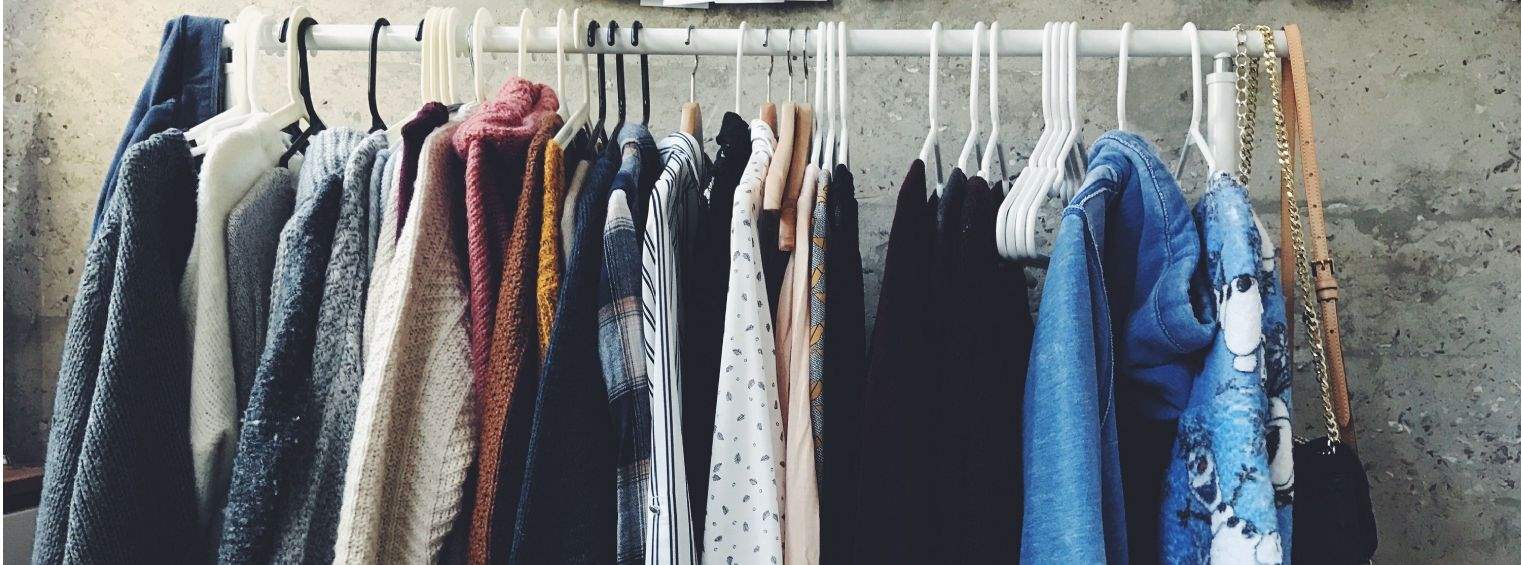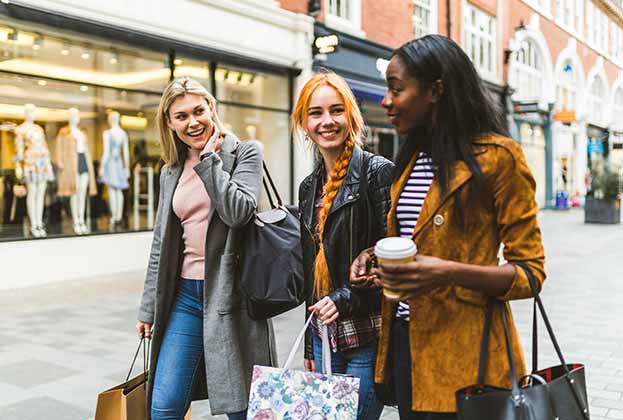Re-commerce, the process of selling previously owned clothing and other products to consumers or companies through online distribution channels, is one of the fastest growing sectors of the retail market. The global industry was worth an estimated $20 billion in 2017 and is on track to reach $41 billion by the end of 2022*. Now leading re-commerce platforms are transitioning to physical retail, with brands such as Depop and thredUP opening bricks-and-mortar stores.
London-based Depop has circa nine million users, with around 60,000 new items added via the app each day. Having secured around $42.5 million of funding, the brand launched a store in LA and New York this year, with plans to open in London and Milan before the end of 2019. thredUP is in various high street and shopping mall locations in the US, with a further 100 store openings mapped out after securing $130 million funding.
These are not the only examples: US-based The RealReal, an online luxury resale marketplace, has opened a 6,000 sq ft store on New York’s Wooster Street and a 12,000 sq ft store on Melrose Avenue, LA. Similarly, luxury handbag reseller Rebag opened a second permanent location on Madison Avenue, New York in April this year.
What’s driving the growth of re-commerce generally and its transition from digital to physical retail space? One key factor is changing consumer behaviour driven by millennials and post millennials (under 21s). For these consumers flexibility and variety are key, which is also demonstrated by the success of clothing and accessory rental services such as Rent the Runway.
The ability to generate additional income is an added boon to a demographic group, particularly in the case of Europe and North America, which is set to be less affluent than previous generations.Therefore re-commerce platforms such as thredUP, which boasts over 35,000 brands, are appealing.
There is also an increased focus on sustainability among consumers and reselling is the ultimate example of this, extending a product’s lifespan and encouraging recycling. Major brands are getting behind this way of thinking, with Stella McCartney offering vouchers to customers who resell via The RealReal and Patagonia’s ‘Worn Wear’ hub, encouraging shoppers to repair and trade in products or buy them second hand.
Re-commerce platforms are ideally placed to bridge the gap between online and offline retail. Many have invested heavily in their websites and apps to create brand awareness and a user-friendly interface, building up large communities of followers and sellers in the process. App data determining the most searched for products in a geographical area can then be used to influence stock in physical stores accordingly. Physical stores also offer an added benefit of raising brand awareness and a place to engage with individual sellers and members.
The most popular individual sellers on online platforms can also be monitored, allowing the brand to buy products from them direct and use them to create iconic storefront collections.
To date, stores taken in the US have been in a mix of high street and mall locations. Sizes vary from smaller stores right up to 12,000 sq ft. This flexibility will no doubt be appealing to UK landlords as more re-commerce brands begin to open stores here, considering that so many different types of location could find themselves in the running.
*According to thredUP’s 2018 Resale Report
Further information




.jpg)

.jpg)



.jpg)